Welcome to The Revival List, where forgotten wines get a second chance to shine.
Each week, I’ll introduce you to an under-the-radar grape or wine style that’s making a well-deserved comeback. These aren’t just delicious discoveries—they’re wines with history, crafted by passionate artisans who are keeping tradition alive while redefining the future of wine.
Expect to find your next favorite bottle, support small producers, champion diversity in the wine world, and have a great story to share at your next get-together. Because who doesn’t love a good comeback?
First Up: Baga
We’re kicking off the series with a Portuguese grape I’m completely obsessed with: Baga.
Origin: Where Does Baga Come From?
Baga hails from the Bairrada region of Portugal, nestled between the Atlantic Ocean and the Dão mountains. With a maritime climate, abundant rainfall, and mild temperatures, this area provides the perfect conditions for this late-ripening, thick-skinned grape.
Main Styles: How Can You Drink Baga?
Baga is incredibly versatile, producing:
🍷 Age-worthy reds – Structured, tannic, and built to last, with deep, layered complexity.
🥂 Traditional method sparkling wines – These are no joke. Seriously delicious. In fact, Bairrada is Portugal’s main region for sparkling wine production.
🌸 Vibrant rosés – Bright, fresh, and full of character.
Varietal Character: What Does Baga Taste Like?
Baga is often compared to Pinot Noir and Nebbiolo for its high acidity, elegant structure, and ability to reflect terroir. Expect:
High acidity & bold tannins
Medium to full body
Flavors of:
Blackberry, black currant, red cherry, dried cherry
Cacao, tar, and earthy undertones
Aged Baga wines develop leathery, tobacco-like notes and gain even more depth over time.
Comparable Mainstream Grapes:
If you love Pinot Noir or Nebbiolo, you’re going to adore Baga.
In the Vineyard: What Makes Baga Special?
Baga is notoriously finicky and difficult to grow—just like Pinot Noir and Nebbiolo. It’s highly expressive of its site, thriving in clay, limestone, and sandy soils.
For decades, many producers selected Baga clones that would ripen faster, leading to wines with higher alcohol and darker fruit profiles. But today, a new generation of winemakers is embracing Baga’s original, more elegant expression.
Top Producers: Who’s Making the Best Baga?
Here are some popular producers, but Giz by Luis Gomes is my personal favorite.
🍷 Luis Pato – The pioneer who helped bring Baga back to life.
🍷 Filipa Pato & William Wouters – Luis Pato’s daughter, making refined, terroir-driven wines.
🍷 Maria Pato’s Duckman Project – A fresh, avant-garde take on Baga.
🍷 Giz by Luis Gomes – A must-try producer working exclusively with centenarian vines (more on that below!).
Where to Find Baga in the U.S.
Baga is still a hidden gem, but you can find bottles through:
GK Selections (NYC) – Importer specializing in Giz by Luis Gomes
Boutique wine shops with diversified portfolios like:
Baga’s Comeback Story
Baga was nearly lost to time. During the modernization of the Bairrada wine industry, winemakers favored clones that ripened quicker for their higher alcohol and fruitier flavors.
Then came Luis Pato, who in the 1980s refused to let Baga disappear. He championed its traditional expression, proving that with patience and the right vineyard conditions, Baga could produce world-class wines.
Fast forward to today, and a new wave of winemakers—including his daughters and independent producers like Luis Gomes of Giz—are elevating Baga to new heights.
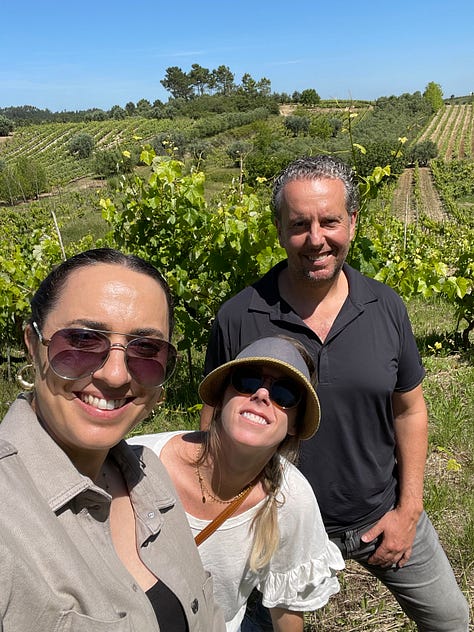
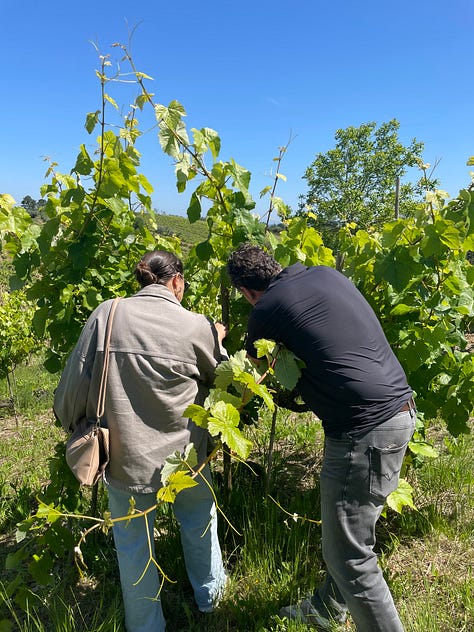
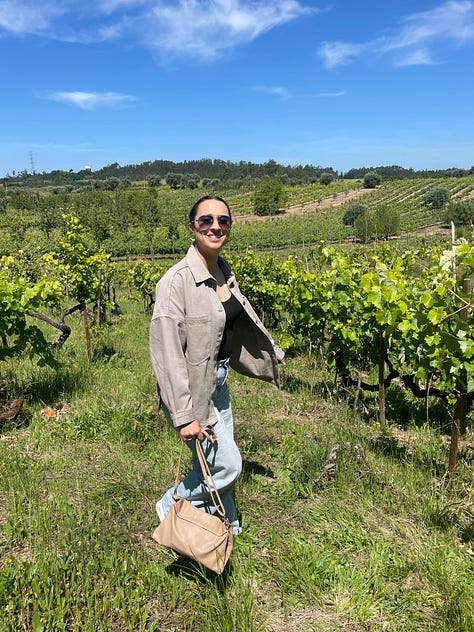
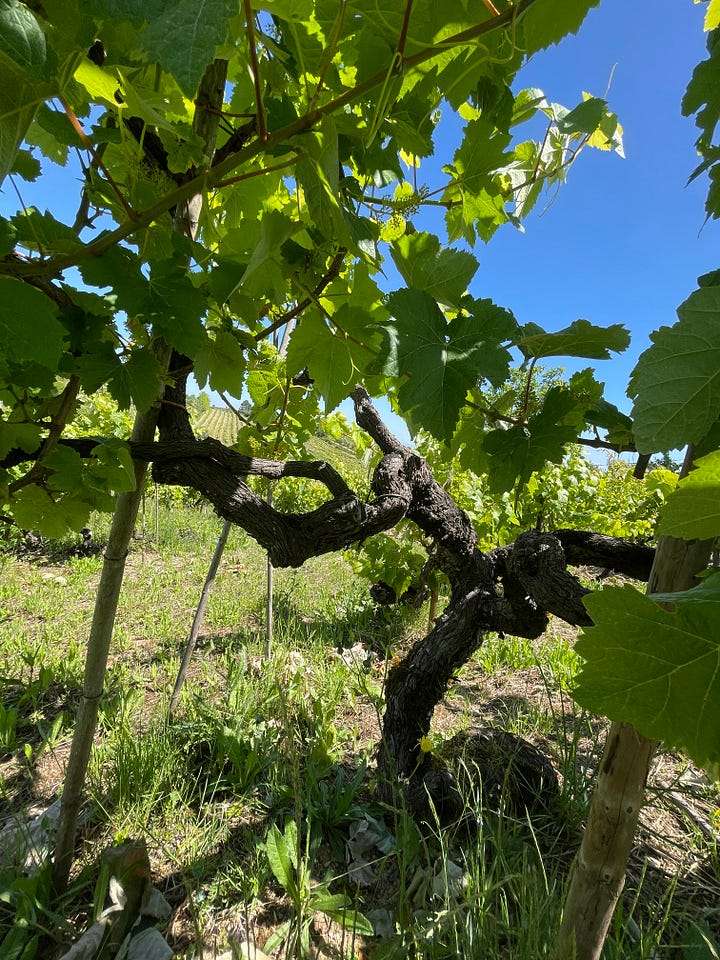
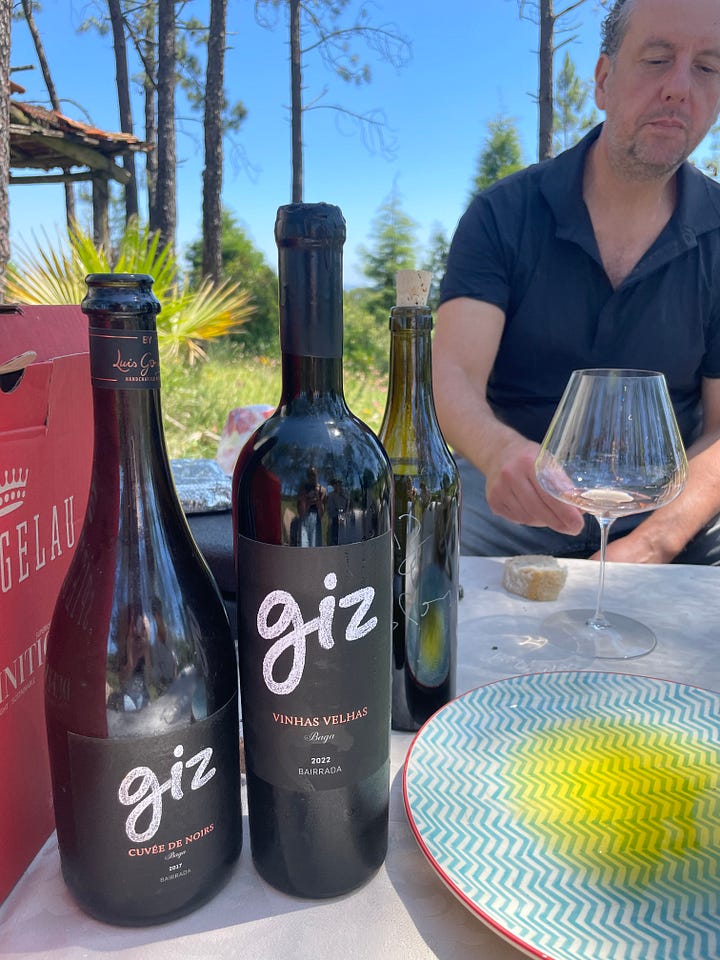
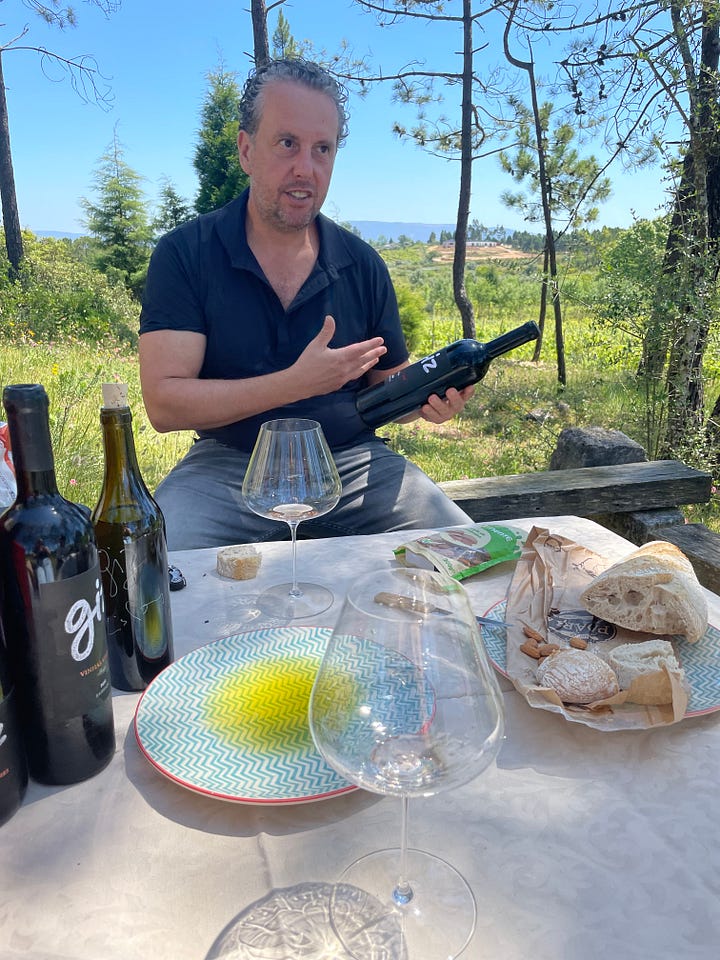
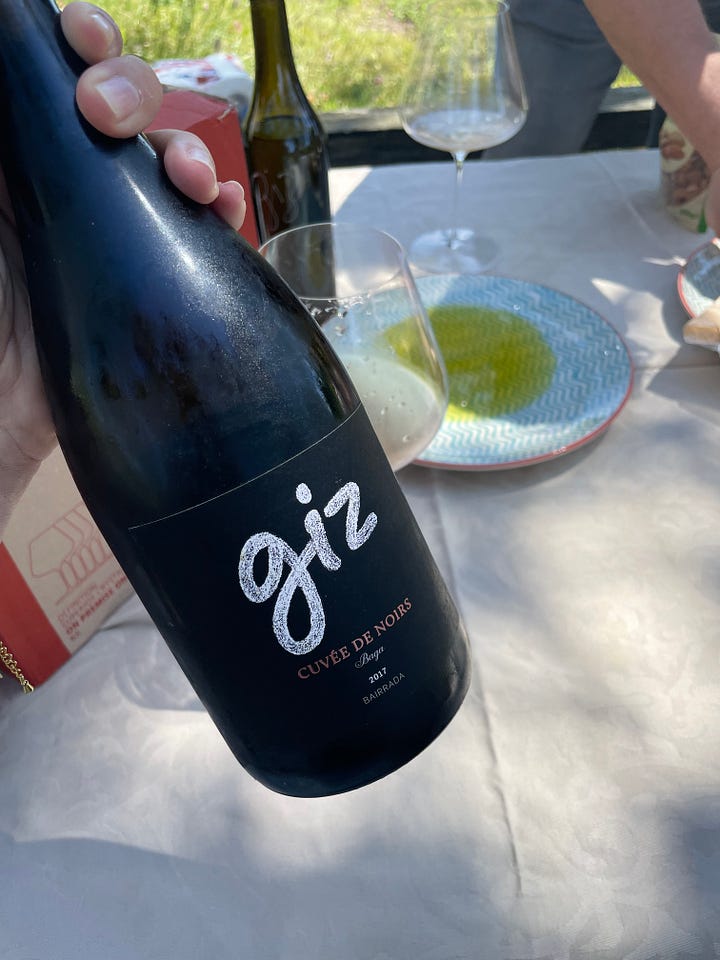
One of my personal favorites? Giz by Luis Gomes. He’s the only producer in Bairrada working exclusively with centenarian vines—vines that pre-date the industry’s modernization.
The result? Lighter, more lifted, and ethereal wines that completely blew me away. When I visited his vineyards last year, I was in awe of the dedication it takes to revitalize these historic vines and let them tell their story through the wine.
If you haven’t tried Baga yet, now is the time.
Want more hidden gem wine recommendations? Subscribe to Sip with Nik to get exclusive insights, wine finds, and the next grape on The Revival List.
Ciao & Obrigada! 🍷✨













Share this post